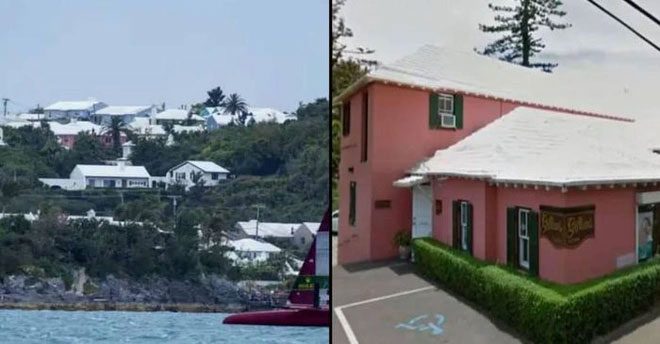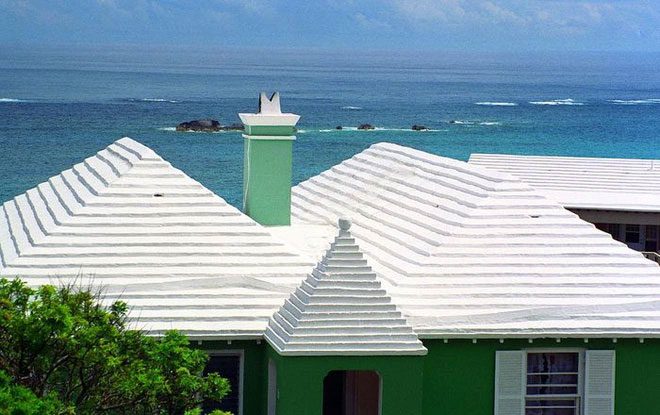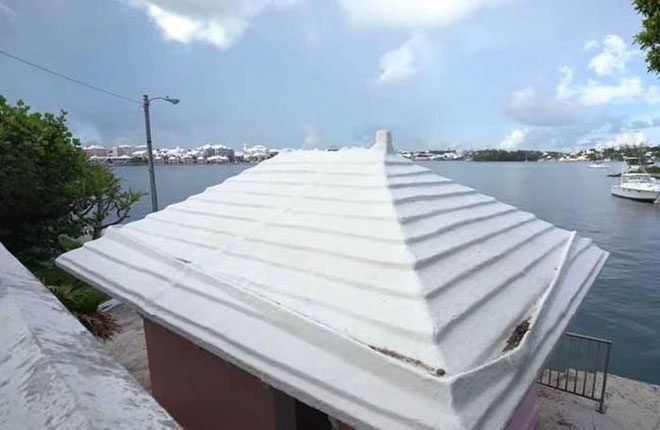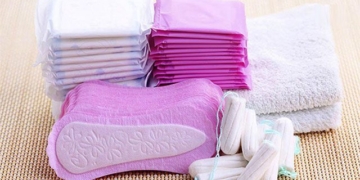The roofs on Bermuda’s Devil’s Island are all white, and the reason behind this is linked to the survival of the local population.
When thinking of Bermuda, many people envision a land with long, golden beaches and, notably, the infamous “Bermuda Triangle” ready to sink any passing ships.

Not just one or two, but most houses on the island have white roofs.
The Bermuda Triangle is located over the Atlantic Ocean, where many ships have mysteriously disappeared over the past 100 years. The primary cause is the treacherous waves, with monster swells reaching up to 30 meters.
Bermuda consists of around 138 islands of various sizes, boasting a prosperous economy with a large financial sector and tourism industry, making it the overseas territory with the highest GDP per capita in the world in 2005.
One striking aspect that impresses many visitors to Bermuda is the white roofs; not just one or two, but most houses on the island have white roofs. This raises the question: why is that?
In fact, the stepped, white roofs have helped the island’s residents survive for centuries.
Although it is a “tropical paradise,” Bermuda lacks abundant fresh water. In fact, it has been noted that Bermuda is famous for its storms and water scarcity.

White stepped roofs in Bermuda.
To combat the lack of fresh water, local residents created white stepped roofs to collect rainwater. This design first appeared in the 17th century.
To withstand the terrible storms, the roofs here are made of heavy limestone, which also helps keep the house cool inside.
When raindrops hit the roof, the water flows down and into underground tanks that residents have prepared. These tanks serve as the main source of fresh water for the island’s inhabitants.
The water tanks are crucial; in fact, laws require families to have a water storage container of 36 liters for every 0.09m2 of roof area.
Previously, the entire roof was covered with a layer of lime plaster that had antibacterial properties. Today, limestone has been replaced by white paint that reflects ultraviolet rays, helping to purify rainwater.
Guilden Gilber, a long-time resident of Bermuda, stated: “The roofs of Bermuda have lasted through many generations. My house is 95 years old, and the roof is still intact. The house next door is also 200 years old and the same goes for it. Children growing up in Bermuda are always taught to preserve the roofs from a young age, as well as to be aware of the amount of water stored in the tanks and the importance of not wasting water.”

These white roofs are used to collect rainwater.
As Bermuda’s population continues to grow and more tourists arrive, the archipelago is beginning to face high population density issues.
The rainwater collection system from the roofs and storage tanks still provides sufficient water for the residents; however, some desalination plants and freshwater production facilities have now been put into operation.
Large trucks deliver fresh water directly to households in need. Nevertheless, the residents remain conscious of not wasting fresh water.
Shaun Lavis, who currently lives in Bermuda, mentioned: “A small part of my brain always keeps track of the water level in the storage tanks. Right now, there is still enough water, and the weather is very good. But if it rains, that would be even better.”





















































